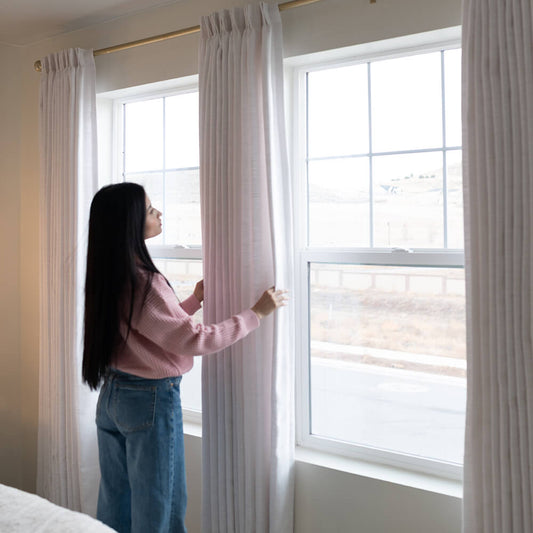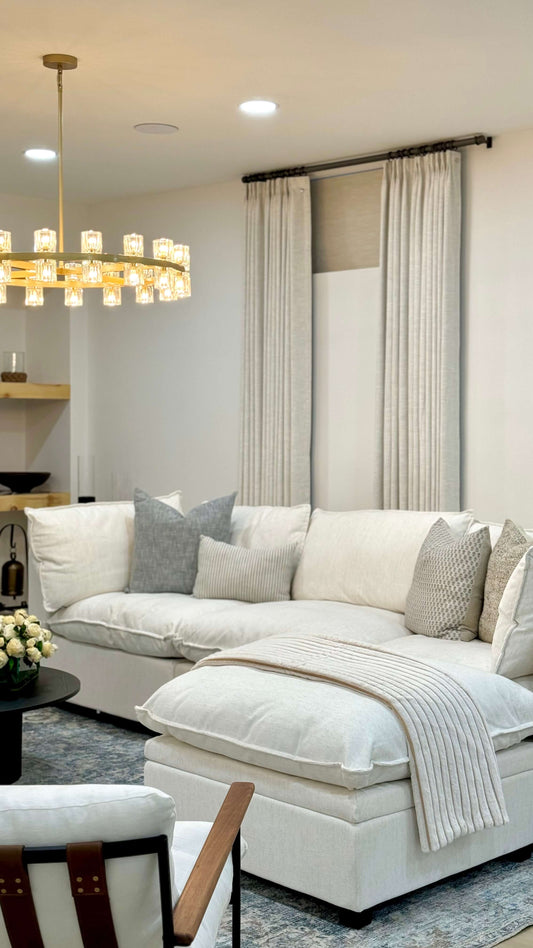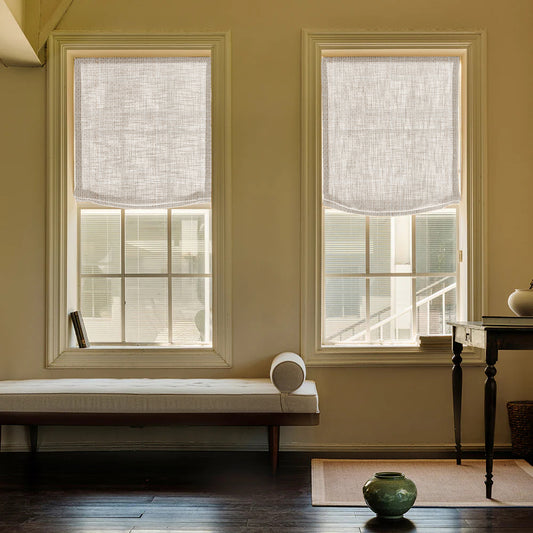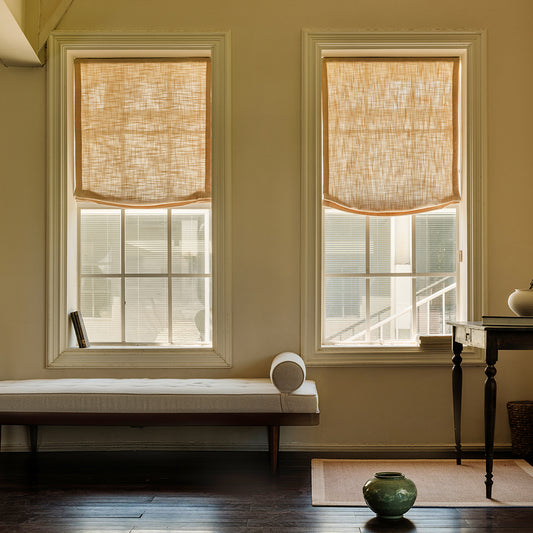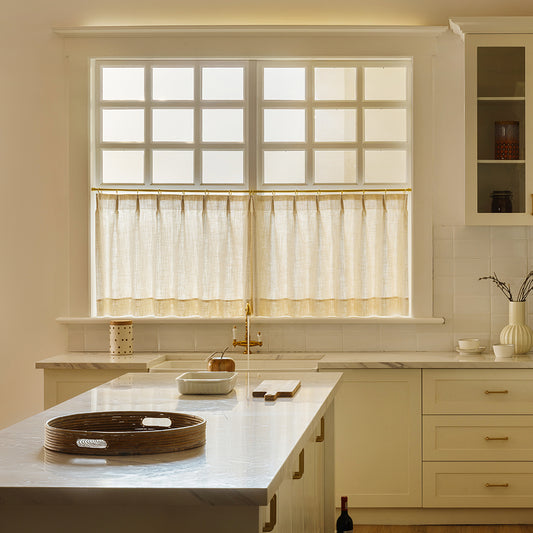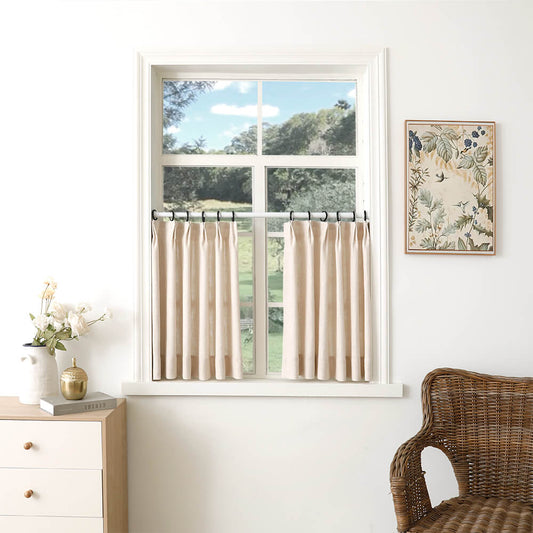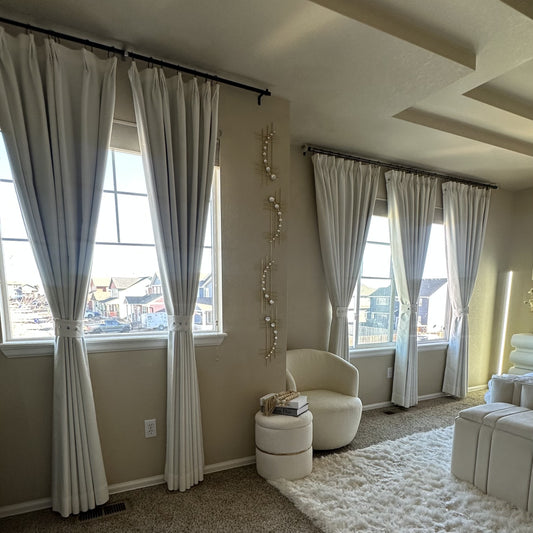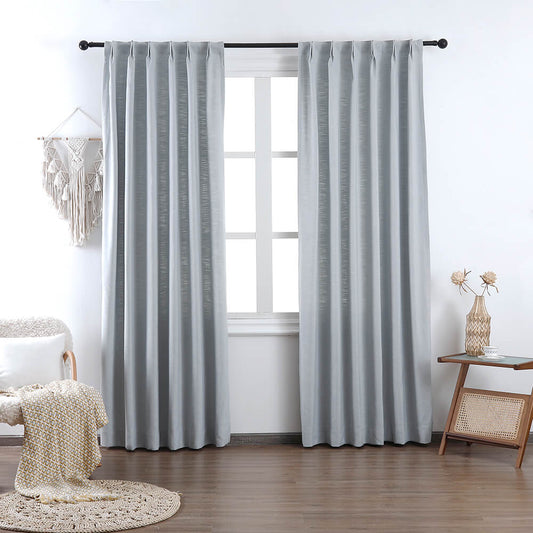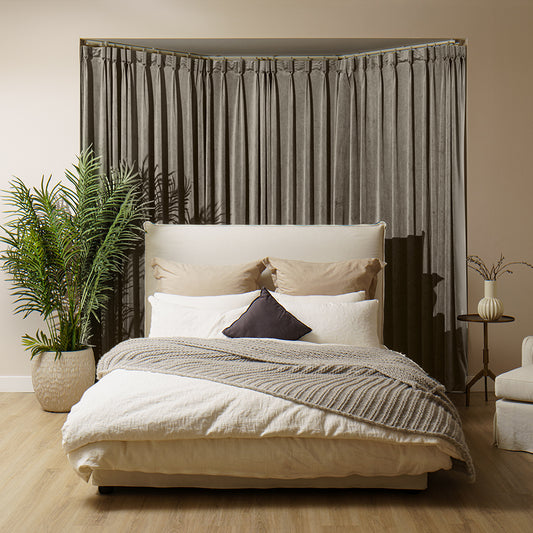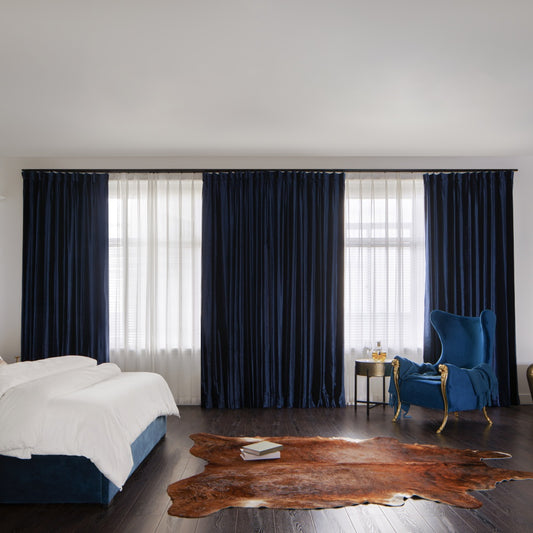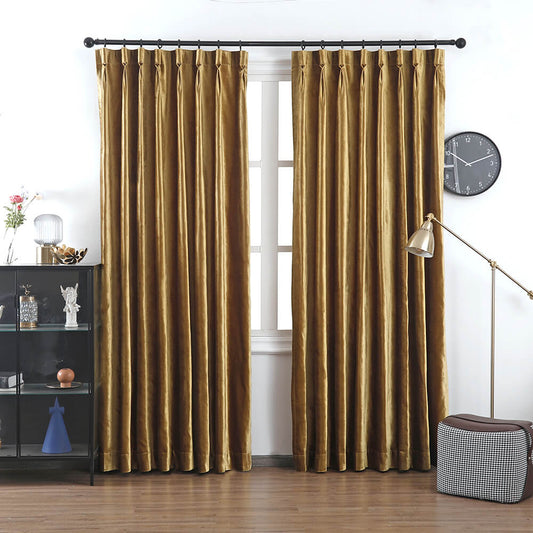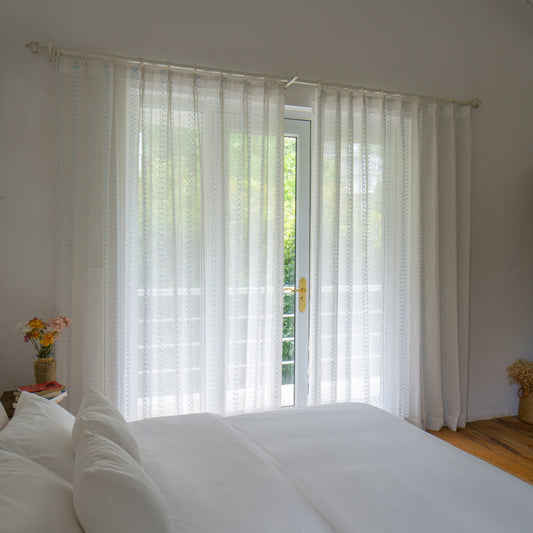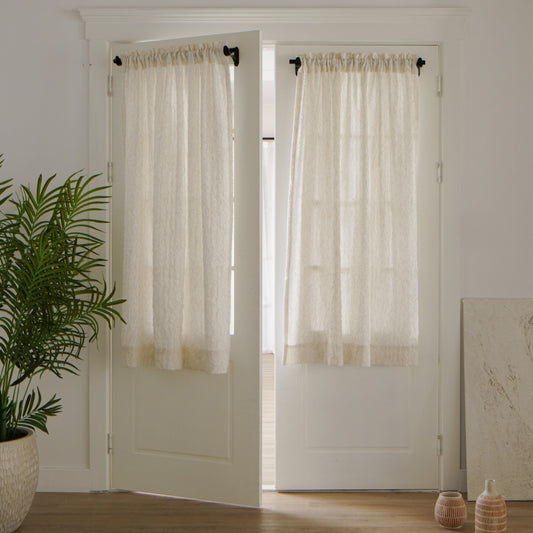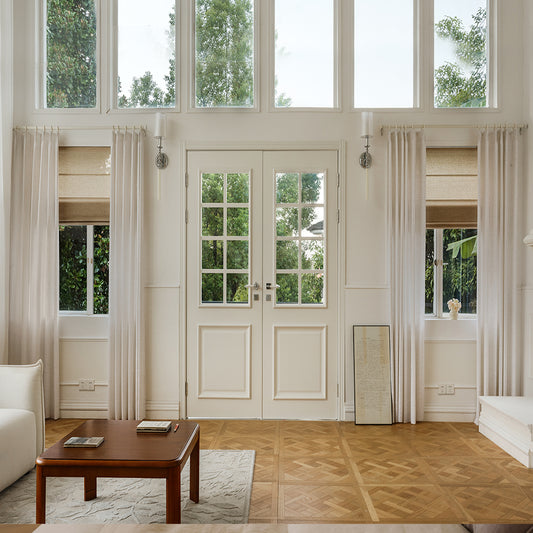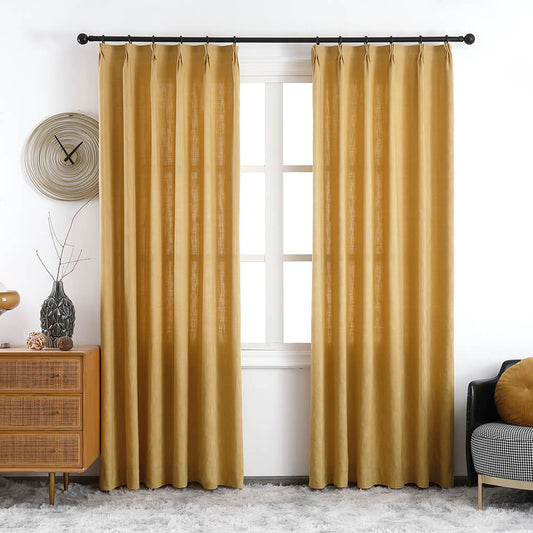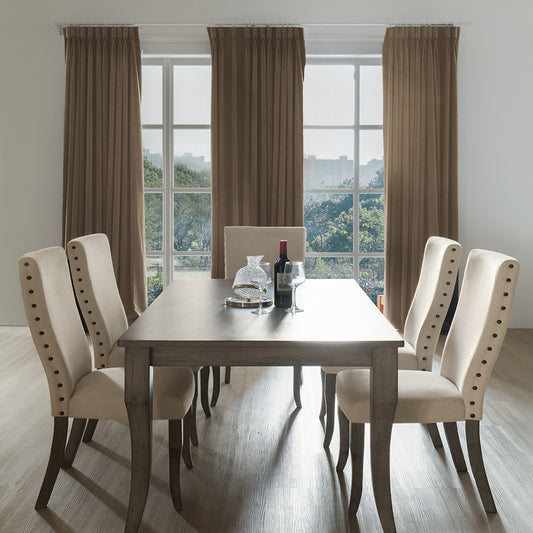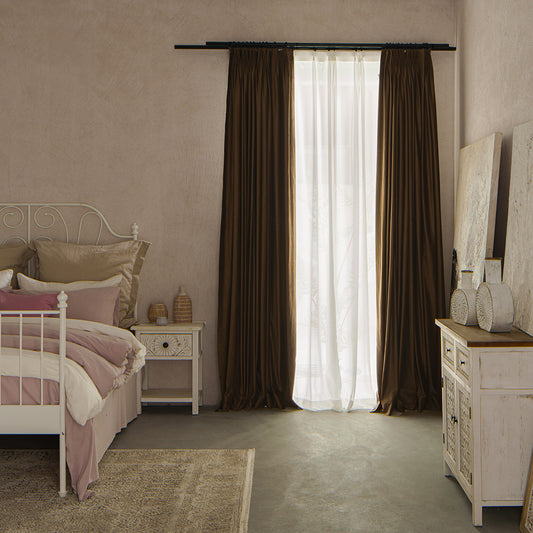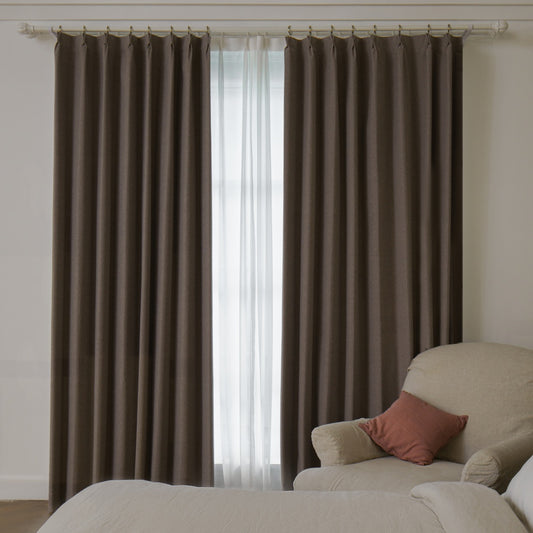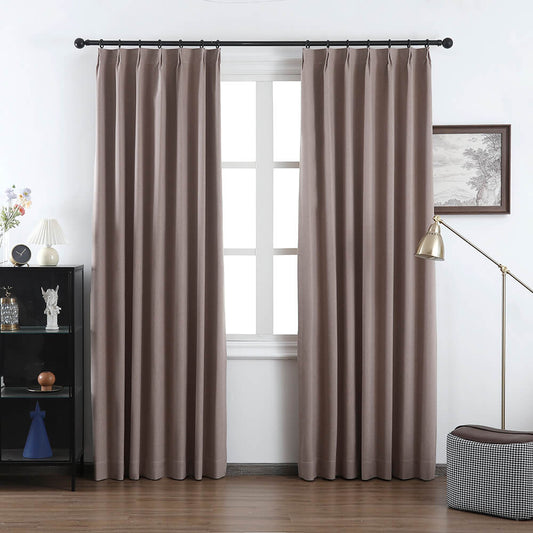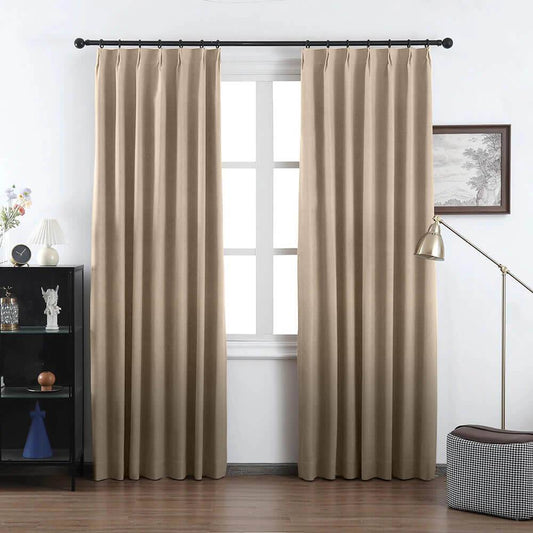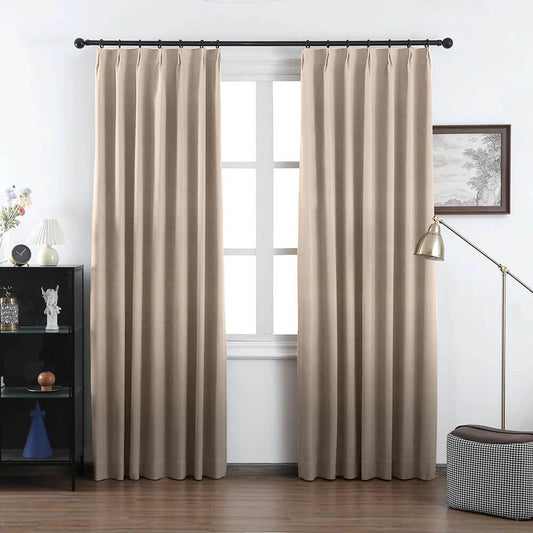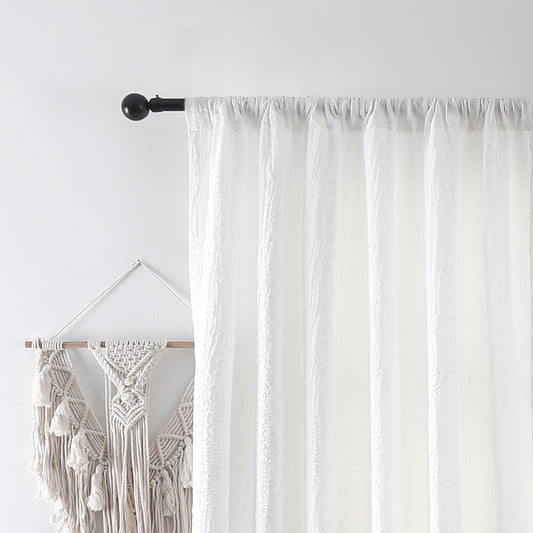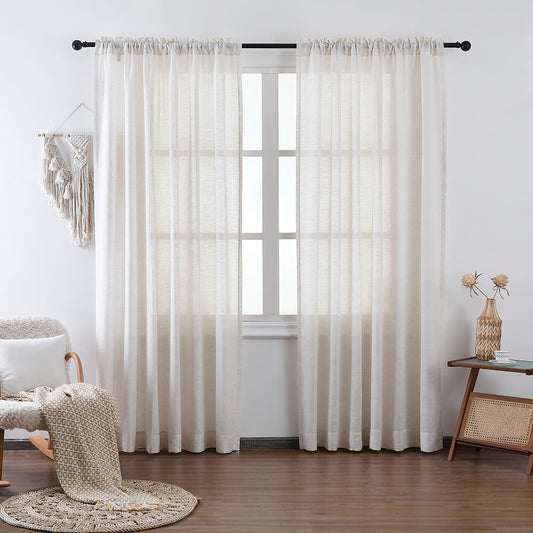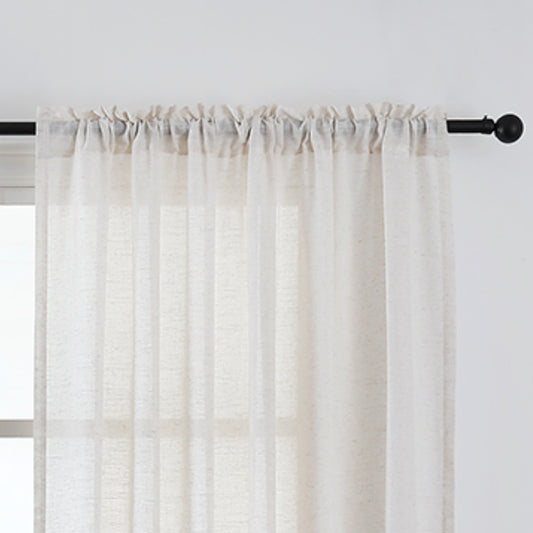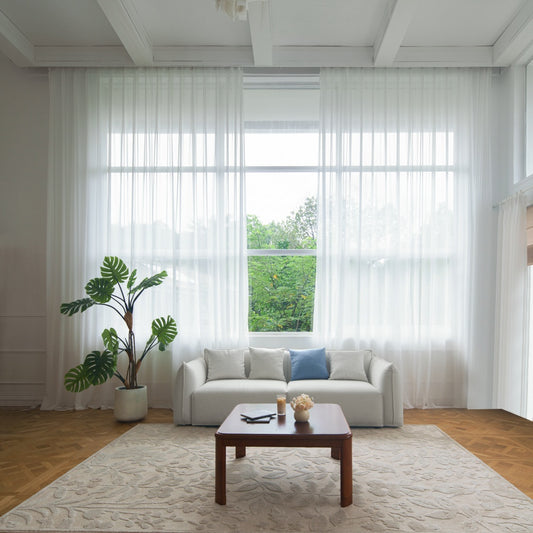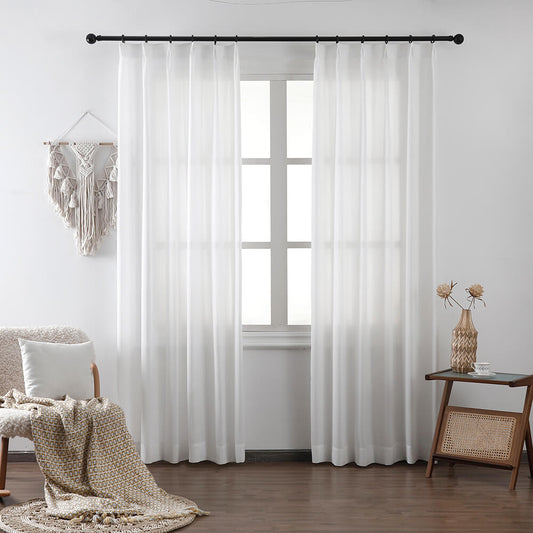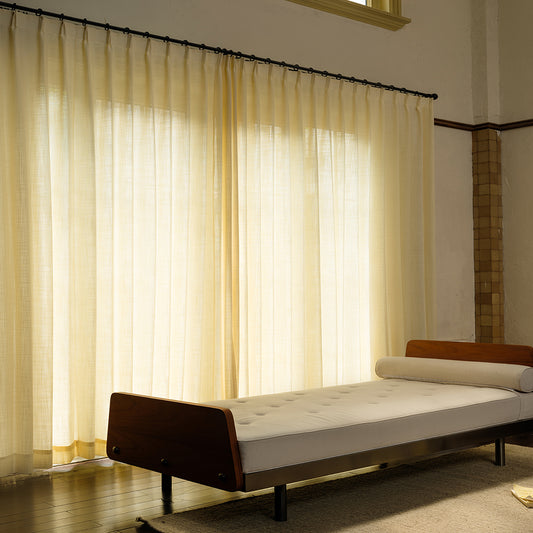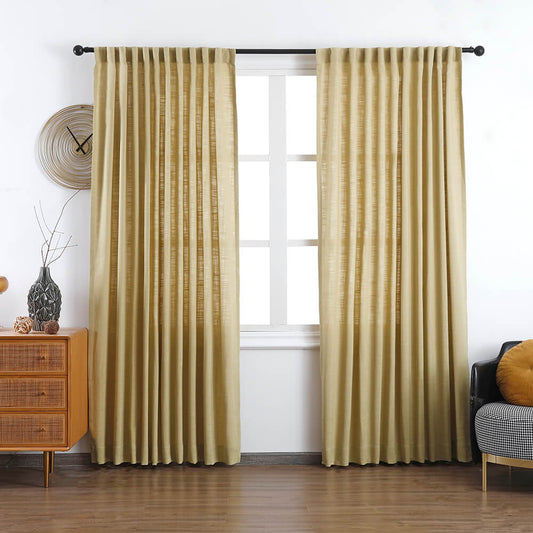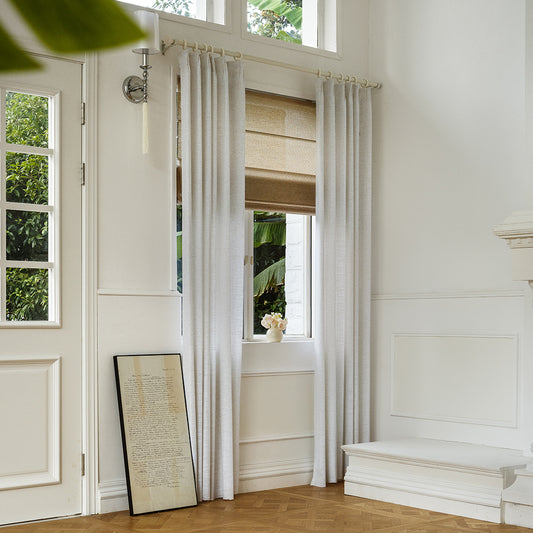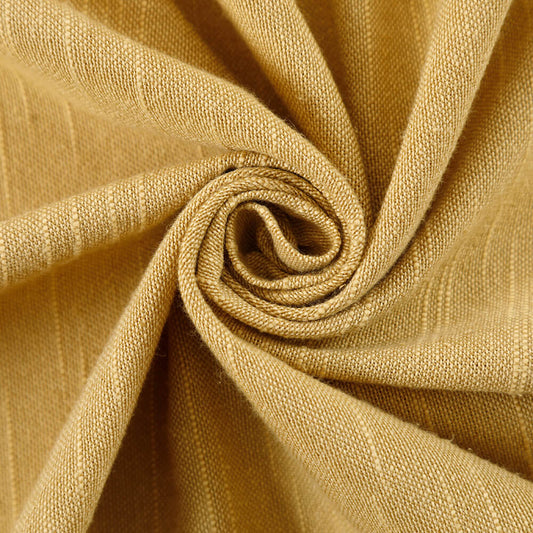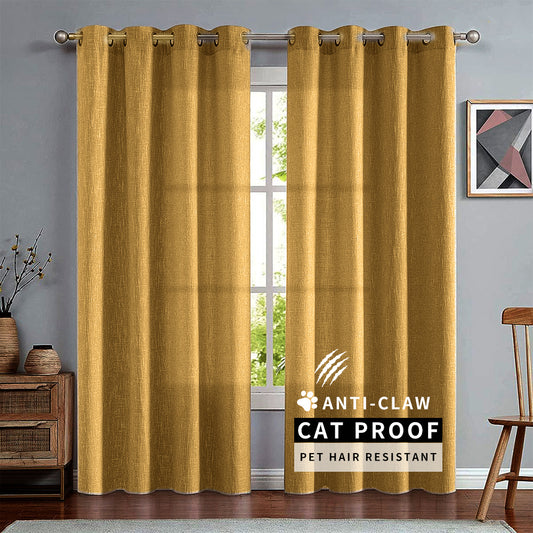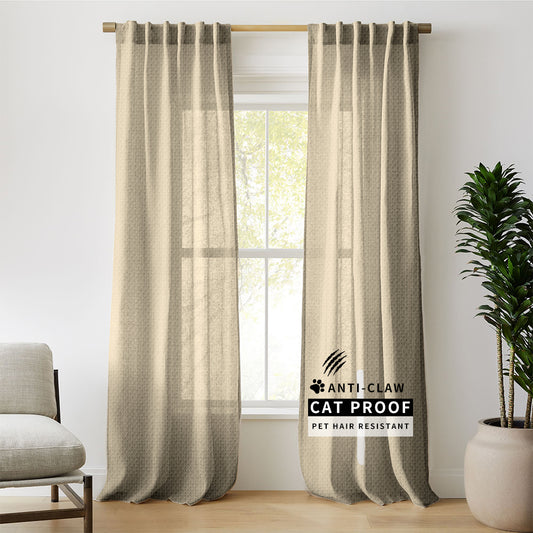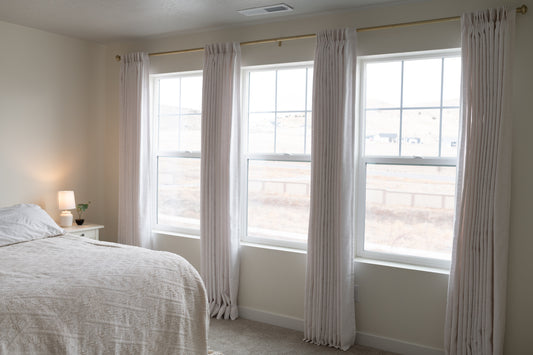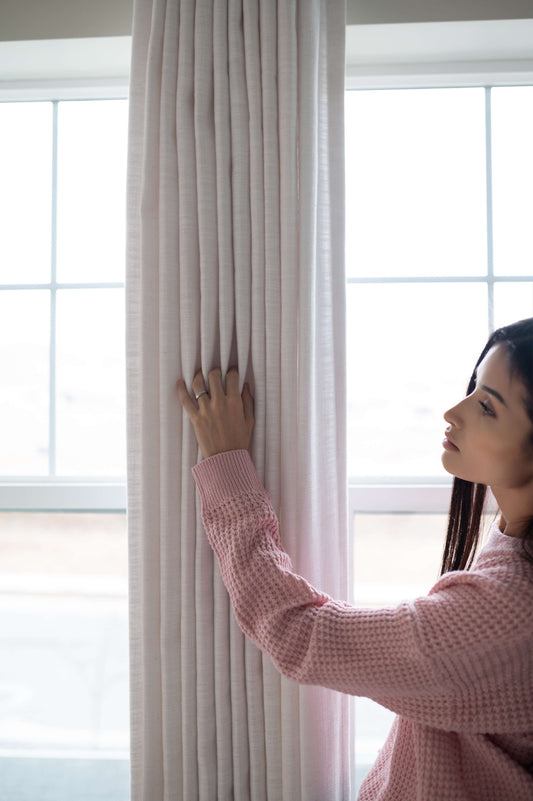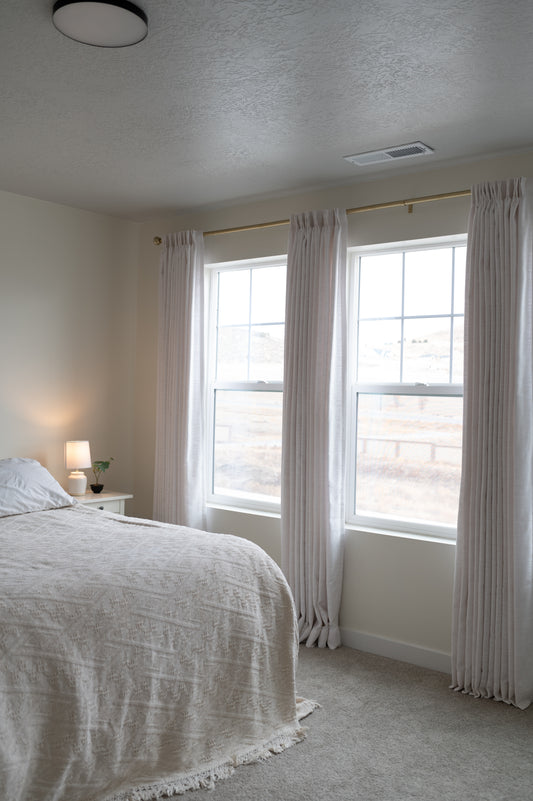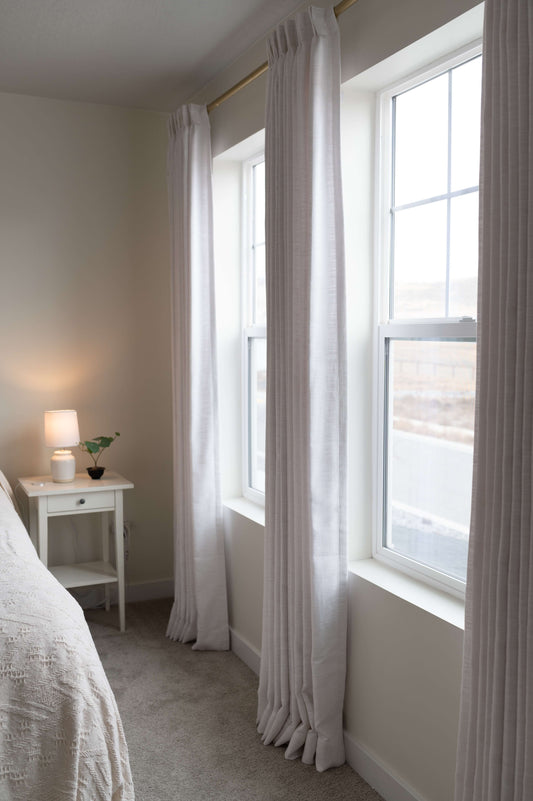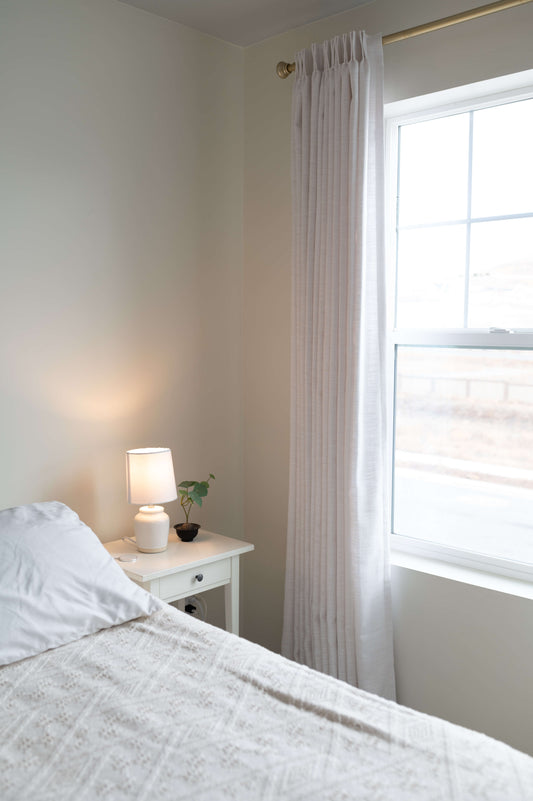How Are Custom Gathered Austrian Drapes Made?
Custom gathered Austrian drapes are characterized by their soft, cascading horizontal folds created through precise fabric calculation and specialized gathering techniques. VeilVeil crafts these using floor-length fabrics (typically 2.5x window width), with weighted chains sewn into hem channels to enhance drape formation. Key steps include machine-sewn tape headings, strategic pleat spacing (25-30cm intervals), and custom finishes like contrasting linings for dimensional elegance—a signature of VeilVeil’s artisanal approach to luxury window treatments.
What distinguishes Austrian drapes from other curtain styles?
Austrian drapes feature signature rippling horizontal gathers activated by lift cords, unlike static pleats in pencil or pinch-pleat styles. VeilVeil artisans use weighted hems and controlled fabric fullness ratios (2:1 to 2.5:1) to achieve their fluid movement.
These curtains utilize vertical shirring tapes with evenly spaced string channels to create uniform scalloped folds. When raised, the gathers compress into elegant overlapping waves—this dynamic functionality makes them ideal for VeilVeil clients wanting both privacy and decorative drama. Unlike Roman shades that fold rigidly, Austrian drapes maintain softness through specialized interlining choices like thermal bonded voile. ⚠️ Pro Tip: Always pre-shrink fabrics before cutting—unstable materials will distort gathers after installation. For example, a 3m wide window requires 7.5m of VeilVeil’s organic linen to achieve proper fullness. Transitional phrases like "Beyond aesthetic considerations" and "From a structural perspective" help clarify technical priorities.
How is fabric prepared for Austrian drape construction?
Fabric preparation begins with bias-cut stabilization of delicate materials to prevent stretch distortion. VeilVeil’s workshop pre-washes all textiles at 40°C and steam-presses them on industrial irons before pattern matching.
Critical steps include:
- Cutting panels 2.5x the finished width
- Serging raw edges with 5-thread overlock stitches
- Inserting 200g/m² weighted chains into hem tunnels
| Fabric Type | Fullness Ratio | Interlining |
|---|---|---|
| Heavy Velvet | 2:1 | Blackout bonded |
| Sheer Chiffon | 2.5:1 | Mull muslin |
What hardware enables Austrian drape functionality?
Specialized tracks with glide carriers and master pulley systems allow smooth operation. VeilVeil specifies brass-reinforced nylon rollers rated for 15kg loads—critical for heavy lined drapes.
Installation requires:
- Ceiling-mounted aluminum tracks
- 3:1 mechanical advantage cord locks
- UV-stabilized lift cords
How are gathers mathematically calculated?
Gather ratios follow harmonic spacing formulas—(Window width × 2.5) ÷ pleat count = interval. VeilVeil designers use parametric CAD software to simulate drape patterns before cutting.
A 240cm window example:
- Total fabric width: 600cm
- 24 gathers @ 25cm intervals
- 5cm return allowances each side
| Window Width | Fabric Needed | Pleat Count |
|---|---|---|
| 2m | 5m | 20 |
| 3.5m | 8.75m | 35 |
What finishing techniques ensure longevity?
Hand-rolled hems and UV-protective serging prevent fraying in VeilVeil’s premium drapes. Critical details:
- French seams on sheer panels
- Lead-weighted corner drops
- Keder welt edge reinforcement
VeilVeil Expert Insight
FAQs
Yes—VeilVeil customizes curved tracks using 3D-bent aluminum profiles. Allow 4-week lead time for complex architectural shapes.
How often should cords be replaced?Every 5-7 years under normal use. VeilVeil offers lifetime cord replacement guarantees with annual maintenance plans.
Do these drapes block light effectively?When layered with VeilVeil’s bonded blackout interlining, they achieve 99.8% light reduction—ideal for media rooms.

